John Freeman Interview

Author notes: I originally contacted John back in 2013 and he sent over some internal stuff he still had, but we didn't get to really speak much. I contacted him again in 2020 and we chatted some more. The results of which, you see here.
You can check out his site over at https://downthetubes.net/
For people who never got to experience VZSciFi, it was an area of the VZConnections world that was separate from the rest of that world, with entirely different artwork and a storyline. You can explore how the area looked prior to closing down for good in May 2002 thanks to good friend of the site Metal Edd. If you don't want to explore the area in real time, you can view screenshots of VZSciFi as well.
You can also read transcripts of all of the extant VZSciFi community talks and inworld tours too which are a nice accompaniment to this interview.
You can also read a partially fictional timeline of events in the VZSciFi universe which were taken from the official VZSciFi website. It's also a nice accompaniment piece.
Finally, you can view development material from John's archives, as well as the original VZSciFi internal Design Site used to create the zone.
To begin with, John sent me an inhouse brief regarding what VZSciFi was going to be
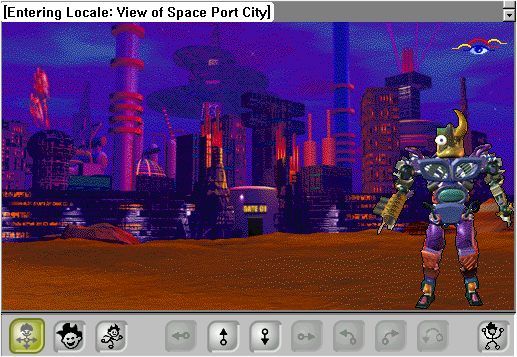
What is VZSciFi supposed to be?
The aim with VZSciFi is to make it the busiest, most exciting real-time, avatar-based science fiction community on the web. It's a big job. To that end, we are working with both commercial partners, such as book publishers, and community partners, such as Comics 2000, to develop the zone on many fronts, with the intent of creating that zone's own membership base that I am sure will also become with VZones proper.
I don't know if I am the first Project Manager for Avaterra: what I do know is that I intend to apply my combined experience as a Group Editor for Marvel Comics UK and as Managing Editor for Titan Magazines to making VZSciFi as exciting, fresh and 'sticky' as possible for the VZones members that choose to use it and the new people who come aboard via our web site (http://www.vzscifi.co.uk) who have never experienced VZones before. We plan to run, in co-ordination with the GO committee, events that are tailored toward the interests of VZSciFi members. Discussion meetings about SF shows for example. SF Trivia contests, such as the ones organised for the opening weekend by Alien JediMaster.
In addition, we are creating an events schedule featuring real world creators – writers, production staff and actors – with the intent to have a mix of free and paid for events inworld. These, we feel, will generate both member and press interest in VZSciFi and VZones, utilising to the fullest the rapidly developing extensions to VZones technology now available to us.
All this activity is set against the fictional background created for VZSciFi – an environment that we feel sure many members will take to heart and decide to take on board as part of their avatar experience. A lot of that background is already on the vzscifi web site and I welcome comments and questions!
The Look of the Zone
Backgrounds in VZSciFi will be photo-realistic, with a distinct identity to its own Avatars which will clearly identify it as different to, although running concurrently with, other VZones. We are creating VZSciFi as a unique, occasionally experimental but definitely fun and exciting experience for the Internet's millions of SF fans.
The design of individual worlds may be assigned to a variety of artists with SF backgrounds, but one artist for the look of the alien races. VZSciFi is actively seeking a designer familiar with designing the look of major SF television shows to create the Zone's initial designs.
How did the VZSciFi project come about in the first place?
I was working for Titan Magazines in London when Graham Baines, who I’d worked with on magazine projects back in the 1980s, contacted me about working for Avaterra, specifically to work on VZSciFi. Avaterra.com, Inc. Europe was going through a growth spurt and we saw SF and fantasy as a natural niche extension of the VZones concept. Graham Baines can tell you more about the origins of Avaterra.com, Inc. Europe.
Author note: John asked Graham if he'd be willing to be interviewed to discover more about how Avaterra's European branch that was based in the United Kingdom came to be, but Graham sadly declined.
John also mentioned he worked for Titan Magazines, but I thought it would be interesting to mention that he was the editor of the official Babylon 5 Magazine, the Star Trek magazine and the editor for the Doctor Who Magazine at Marvel UK amongst many other high profile ones.
According to the site The Zocalo Today, J. Michael Straczynski (Babylon 5 creator and showrunner) and Fiona Avery (Babylon 5 writer) were due to be guests in VZSciFi to chat at some point (and Fiona did actually make it inworld to chat).
Did you have any previous experience at all with the WorldsAway/VZones virtual worlds prior to this?
None at all, it was one heck of a learning curve! But Graham and I had explored ideas for bringing a 2D/ 3D world community together before. I liked the project because it was cross platform - both PC and Mac at the time. It’s a shame it hasn’t made it to the mobile world, even now.
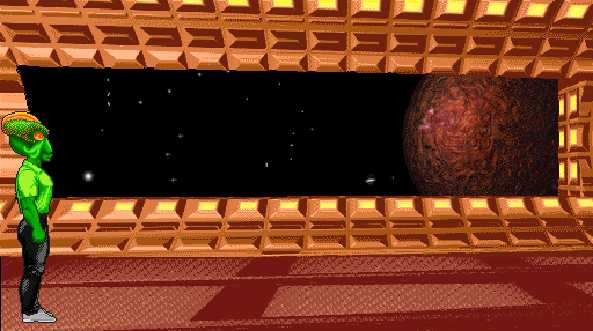
Did you write the story for the world?
Yes, I came up with the concept for VZSciFi and invented the different planets and the idea of linking them through actual “tunnels” which on reflection was utterly mad and time wasting but on the other hand, created a sense of anticipation among community members about new planets being created and opened. I approached comic creators, SF writers and others about being part of community chats etc.
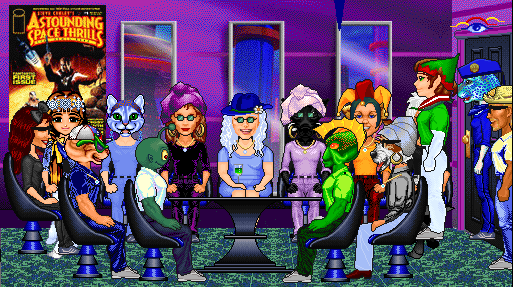
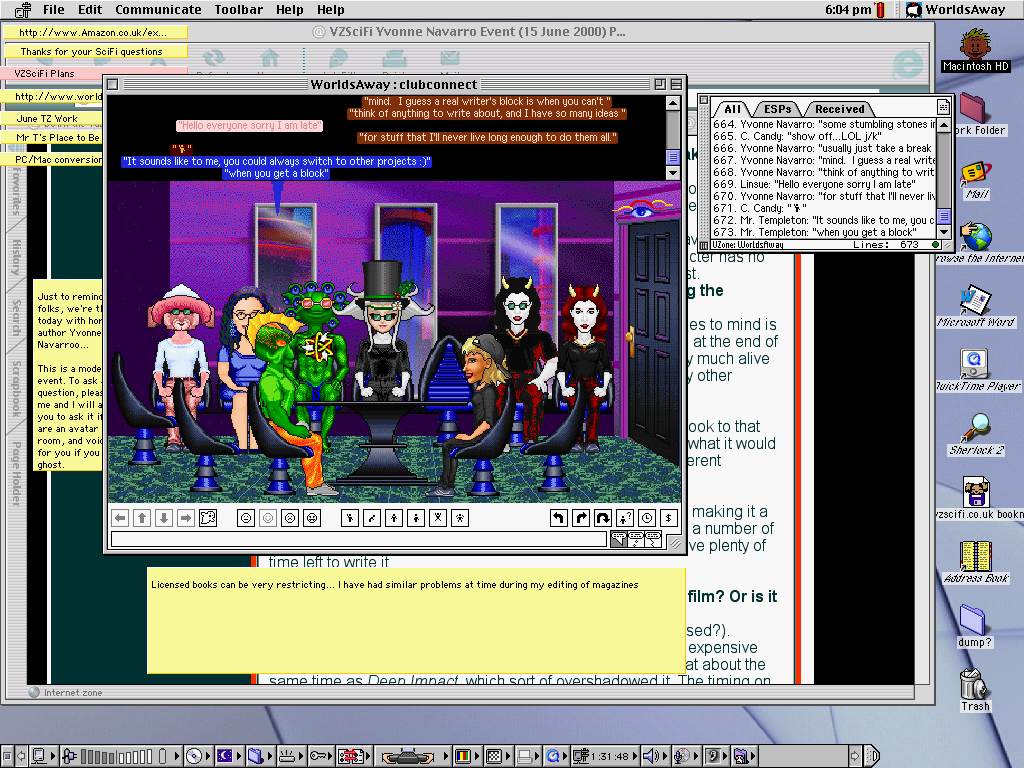
What were your inspirations for the story?
In part, the germ of the planets connected by tunnels sprang from something I have been working on, and writing on and off for many years, but I’d rather not spoil the story, even now...

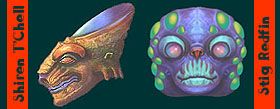
Did you have full autonomy from the US side to create a zone as you pleased? Or were you given any sort of direction from them
Graham Baines and James Mackie led a large team of designers, working with the US side and VZones community leaders, who you’d suddenly discover doing walk throughs without telling us at ridiculous time of day (for us, anyway, given the time difference) without letting us know, some of them a bit snarky. Others were hugely supportive, but I suspect there was a little bit of a feeling from some quarters that we were the upstart Brits given the toy box to play with. It didn’t help when designers created stuff and wandered around with unique heads, or weird bodies, and had members wondering what on earth was going on, because they some were so outlandish!
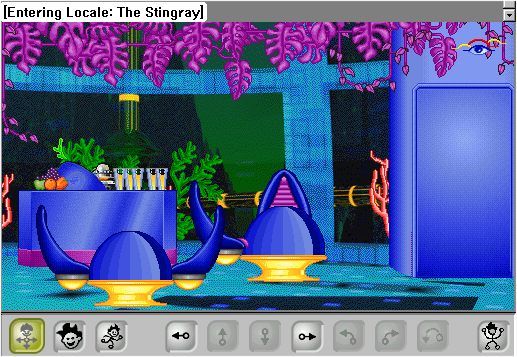
What was the interaction like between the UK and US team?
With the team in Silicon Valley? David Andrews and others were hugely supportive throughout, some not so much, but I just had my head down and cracked on with inventing and community building!
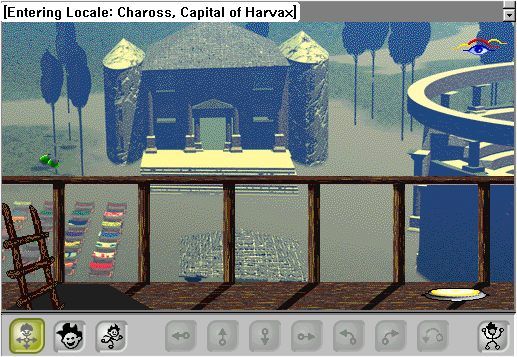
You mentioned that some of the US team members were supportive, but do you think Avaterra.com, Inc. Europe received the full amount of support necessary to make VZSciFi as successful as it should've been? It sounded like you were getting a lot of traction fast but appeared to be hampered by not being able to receive technical support or the tools necessary to build and grow.
Let’s just say some inhouse team members were more supportive than others. I got the sense that there were some of the volunteer coordinators who’d been involved with VZones for a long time, and thought they had more right to it than the company that was hosting and paying to keep it running. I vividly remember encountering a bunch of them wandering about as VZSciFi was being built, one very early morning my time, without telling us, and changing things, which we weren’t told they were going to do. That said, I think there was a feeling we were outsiders “muscling in”, and it wasn’t helped by the stunts from some of our wilder team members, which we did try to rein in.
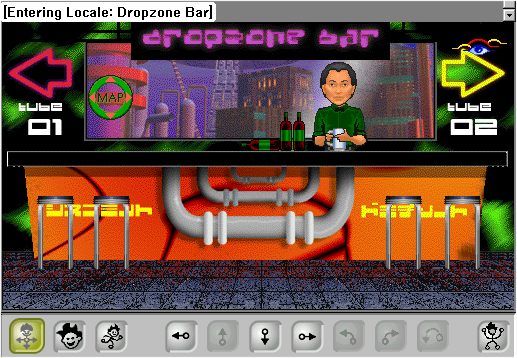
How long did the development process take?
Well, as far as I was concerned Avaterra was a pretty brief blip in my long career in comics and other media, so not that long. I started working on VZSciFi for Avaterra.com, Inc. Europe in November 1999 and it was all over by June the following year. The company effectively went to the wall as the internet “bubble” of the time burst, which of course affected the US parent, too.

Did you have a private test server in order to build on and experiment with when creating the world?
I don’t remember, sorry. But I think most of it would have been done behind the scenes and then opened up to the community when it was ready to view. That was how the “weird experiments” got out into the wider community and caused a bit of grief...
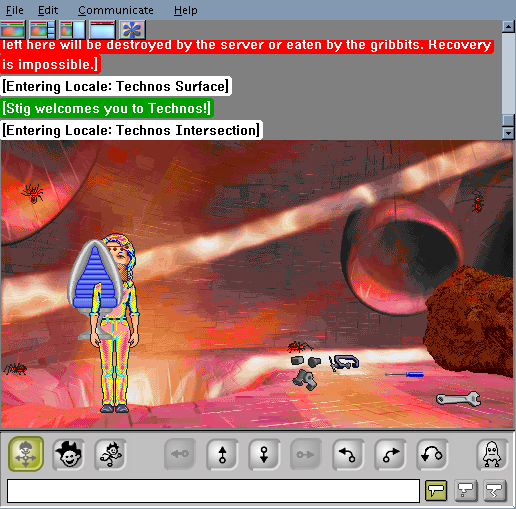
Do you remember your avatar name inworld? I always thought you were either Mr Templeton or Archivist Shiren.
I think Mr Templeton was someone else, possibly Graham Baines or James Mackie who worked on the project here in the UK and were the driving forces behind operations. I definitely recall an avatar of mine being Archivist Shiren. (My main avatar is the green headed one in the screen grabs)
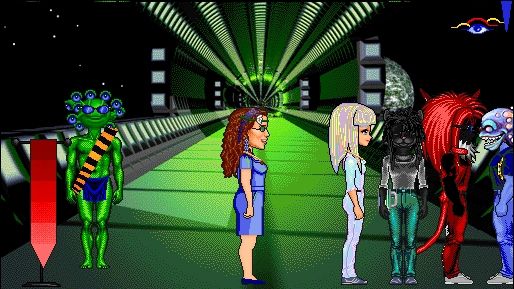
What was the reaction like within the team once the zone actually went live?
We were really pleased with it. As I said, looking back now I think we wouldn’t have used the “tunnels” concept to connect planets today, we’d just use teleport booths. Reaction seemed positive and the unique content I curated, like community chats, went down well.
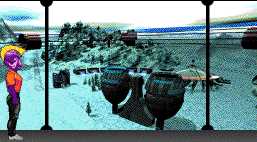

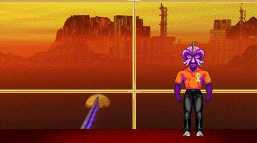

What was worked on but never actually made the cut?
A number of other planets were built but never opened.
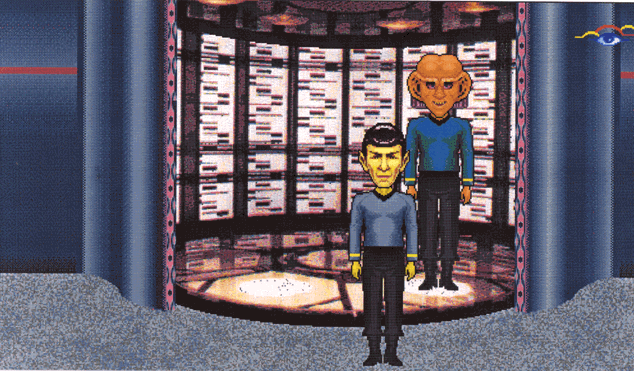
Previously you mentioned other sci-fi franchises, were any other IP owners ever seriously courted in order to make this a reality? (I know Fujitsu had approached Paramount regarding Star Trek back in 1998 or so but nothing came to fruition)
We never really developed the whole promotional aspect of the Zone, for example links to new films, magazines and new books, although we had a lot of interest from a wide range of companies. Things crashed and burned too soon. I think having to download software to access VZSciFi was a barrier, too, although of course now folk are quite used to grabbing apps for their mobile devices. But Avaterra.com, Inc. Europe had got quite a way along on a wider level developing possible commercial partnerships, for example creating branded zones with TV companies.
I was surprised to see that serious discussions had taken place with both Lucasfilm and Paramount regarding Star Wars and Star Trek. There are some meeting reports in the archives you sent which illustrate some of the reasons it may not have gone ahead. To the best of your recollection, do you remember if those talks got very far at all beyond an in person meeting or phone call/email?
I’m not sure conversations with Lucasfilm got beyond discussions by email with their licensing chap at the time, but I do recall making some headway with Paramount, because of my connections as former editor of Star Trek Magazine. Sadly, the collapse of Avaterra meant all this was at an early stage and didn’t come to anything, any more than discussions with Endemol about a VZones version of the tv show “Big Brother".

In one of the chat logs you sent me, someone goes behind the scenes to their backstage area and pulls out a realistic looking head that seems to be captured from a photo of a real person. Do you recall anything about this and whether it was something considered for VZSciFi.
I think it was one thing we looked at, as well as having shops where you could buy add-ons for real money.
What are you most proud of out of all of the time you spent on this particular project?
The reaction from community members, working with an inventive and enthusiastic team, and the imagery we developed. It was great fun, for the most part.
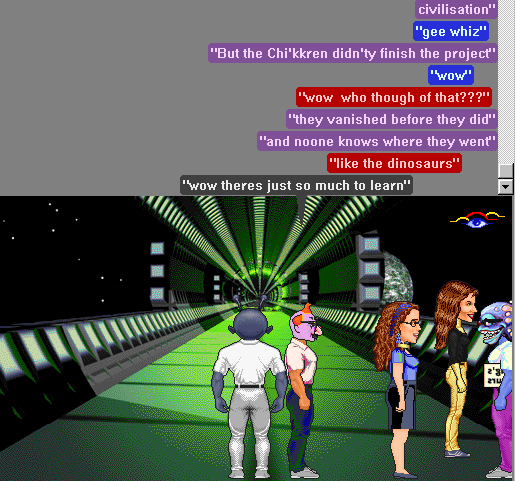
How did your involvement with the project finally come to an end?
I don’t remember the full details but "Avaterra.com, Inc. Europe” went into voluntary liquidation 17th June 2000, following withdrawal of support from US parent. From my point of view, it was as if the company suddenly imploded, although of course we were aware something was going wrong. Some of us moved to an office for a different company, a move which lasted about two or three months before the company owner changed their minds about keeping people on, and suddenly we had no job. I went back to freelance writing and editing, and working for another of Graham’s companies, Fonedream.
You said that you were aware something was going wrong with the parent company. Can you elaborate on that at all?
My view is that the whole Avaterra project had lots of money thrown at it, but like many other internet companies at that time, when the bubble “burst” and investors took flight, it went down in flames. We knew there were issues, and I found out about huge overspending by some departments much later, but management didn’t keep us apprised. And anyway, there was nothing we as staff could have done to save the day. It was still a very interesting time! There were some brilliant and inventive people working on the project, in the US and the UK, both in terms of creating and running VZones, and their vision for its future, if it had continued as planned.
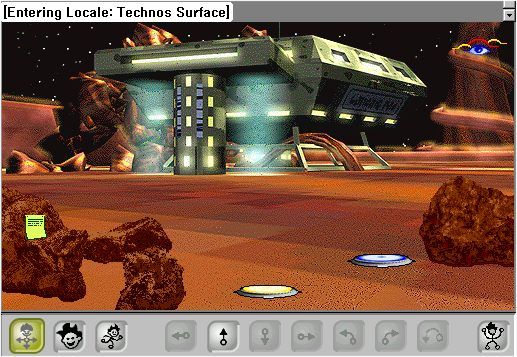
In closing, do you have any stories from your time working on VZSciFi that you'd like to share? (Doesn't necessarily have to even be project related, just a fond memory of something from that time).
My favourite memories are running a few inhouse chats with comics and SF guests, like Fiona Avery (who worked on Babylon 5 and Crusade) and comic creator Steve Conley. They instantly "got" what we were trying to create when they took part, and I was glad they could see its potential.
Travelling to California to meet the US team, like David Andrews, who was hugely supportive of our UK efforts, was great fun, too. I know it landed us in trouble, but the designers messing with members minds with crazy heads and stuff was funny as far as were were concerned. Some didn't like it, and complained, but others enjoyed it. There were some fantastic moderators, who offered ideas and suggestions we took on board, after taken on guided tours of the unopened worlds. The whole VZones concept did rather get under your skin back then. I could see its potential - it's sad it wasn't fully realised as planned.